Understanding NFC Technology and Its Environmental Benefits
Near Field Communication (NFC) technology is a form of short-range wireless communication that enables data exchange between devices over a distance of about 4 centimeters. Often found integrated into smartphones, wearables, and smart tags, NFC works through electromagnetic radio fields to facilitate seamless interactions. When two NFC-enabled devices come close to each other, they establish a connection that allows for fast and efficient data transfer without requiring a dedicated internet connection.
NFC technology has gained popularity due to its diverse applications, including mobile payments, ticketing, data sharing, and enhanced communication methods via services such as WhatsApp. One significant advantage of NFC is its ability to support QR codes, which are increasingly used in various marketing and customer engagement strategies. By employing NFC-enabled QR code standees, businesses can enhance user experiences while offering a modern approach to digital connections.
In addition to its convenience, NFC technology presents notable environmental benefits. By facilitating digital exchanges and reducing the need for physical materials, NFC contributes to minimizing paper usage. The decrease in printed materials aligns with the global push for sustainable practices, as companies increasingly seek ways to lower their carbon footprints. The ability to share information effortlessly and digitally—such as using NFC-enabled WhatsApp QR standees—further promotes eco-friendliness by eliminating waste generated from traditional printed advertisements.
Moreover, adopting NFC technology encourages businesses to adopt more sustainable practices, proving that innovation can transcend efficiency to impact the environment positively. As the world moves toward more sustainable solutions, the implementation of NFC-enabled technology not only enhances the user experience but also supports broader environmental initiatives. Understanding the mechanics of NFC and its benefits reveals why it plays a pivotal role in modern communication strategies.
Creating NFC-Enabled WhatsApp QR Standee: Step-by-Step Guide
To create an effective NFC-enabled WhatsApp QR standee, it’s essential to follow a structured approach. Start by selecting appropriate materials. A sturdy base, such as foam board or acrylic, is recommended to provide stability. Consider the overall size; a greater height can ensure visibility from a distance, promoting better engagement.
The design of the standee is a crucial element that captures the attention of your audience. Utilize contrasted colors that align with the branding of your business or event. Keep the text concise and legible, ensuring that the call-to-action (CTA) is prominent. Incorporate a WhatsApp logo alongside the QR code to visually convey the intended action to potential users.
Next, integrating NFC tags is a key component of this guide. NFC tags are small devices that can link to your WhatsApp account when an individual taps their smartphone against the standee. Choose a blank NFC tag and utilize an NFC writer app to encode the WhatsApp link. This step simplifies the process for users, as they can connect with you directly by merely tapping their device against the standee.
Testing the functionality of the NFC tag is paramount. Before finalizing your standee, use different smartphones to confirm that the NFC tag successfully directs users to your WhatsApp. Address any concerns regarding compatibility to ensure all potential connections are seamless.
For optimal visibility, placement of the standee should be strategic. Position it where foot traffic is highest, such as near entrances or checkout counters. Employ promotional techniques, such as inviting users to scan or tap the standee to receive special offers or access exclusive content, to increase interaction. By adhering to these guidelines, you can create an NFC-enabled WhatsApp QR standee that is not only aesthetically appealing but also functional and user-friendly.










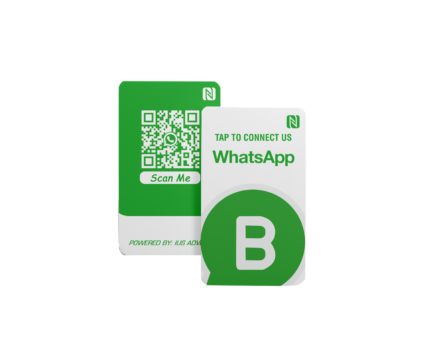


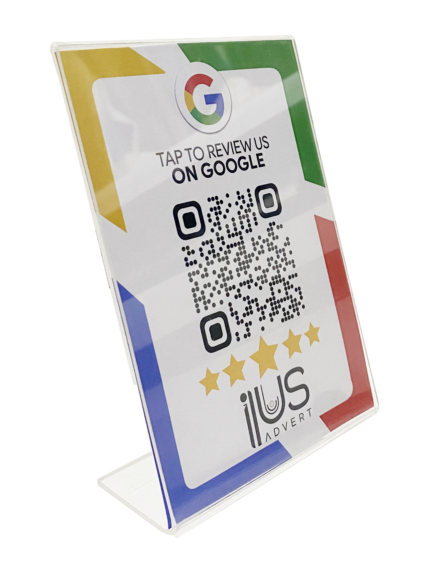
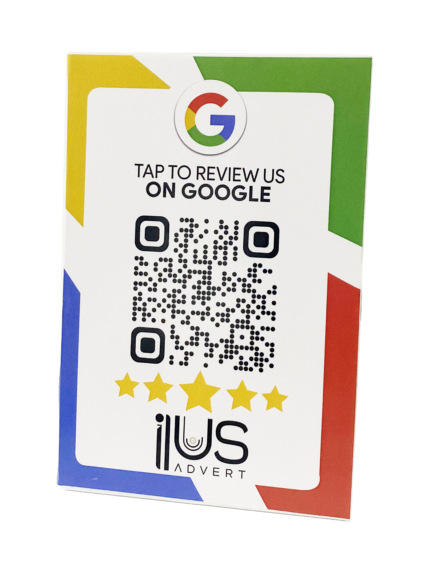
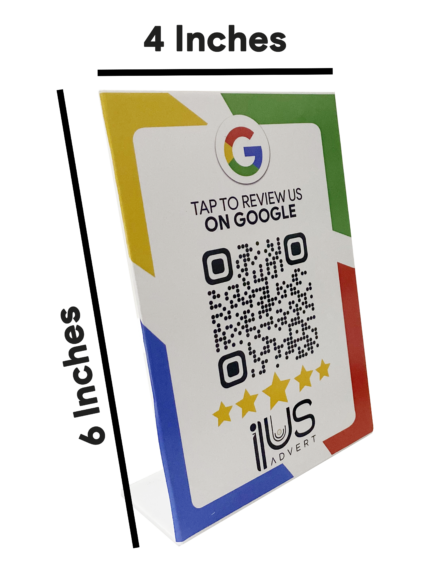
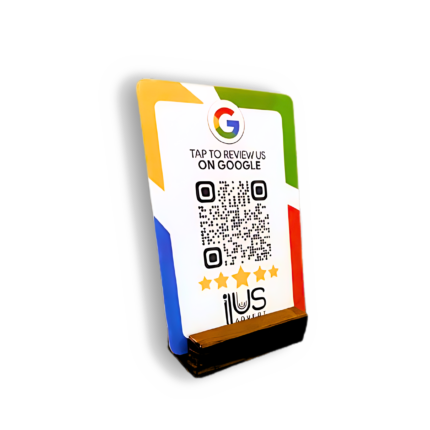
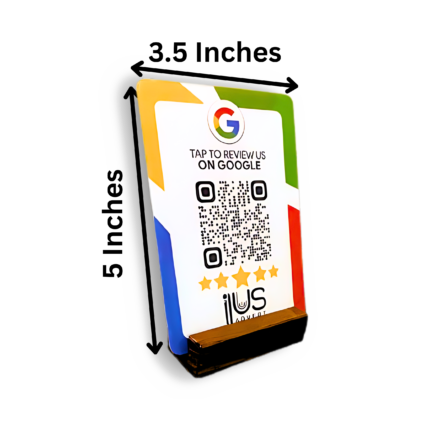
Reviews
There are no reviews yet.